Cuban car culture is a fascinating testament to innovation and resilience, with its streets filled with classic American cars from the 1950s. These vintage vehicles, lovingly maintained and ingeniously modified by skilled mechanics, offer a unique glimpse into the island’s resourcefulness and creativity.
The Historical Context of Cuban Car Culture
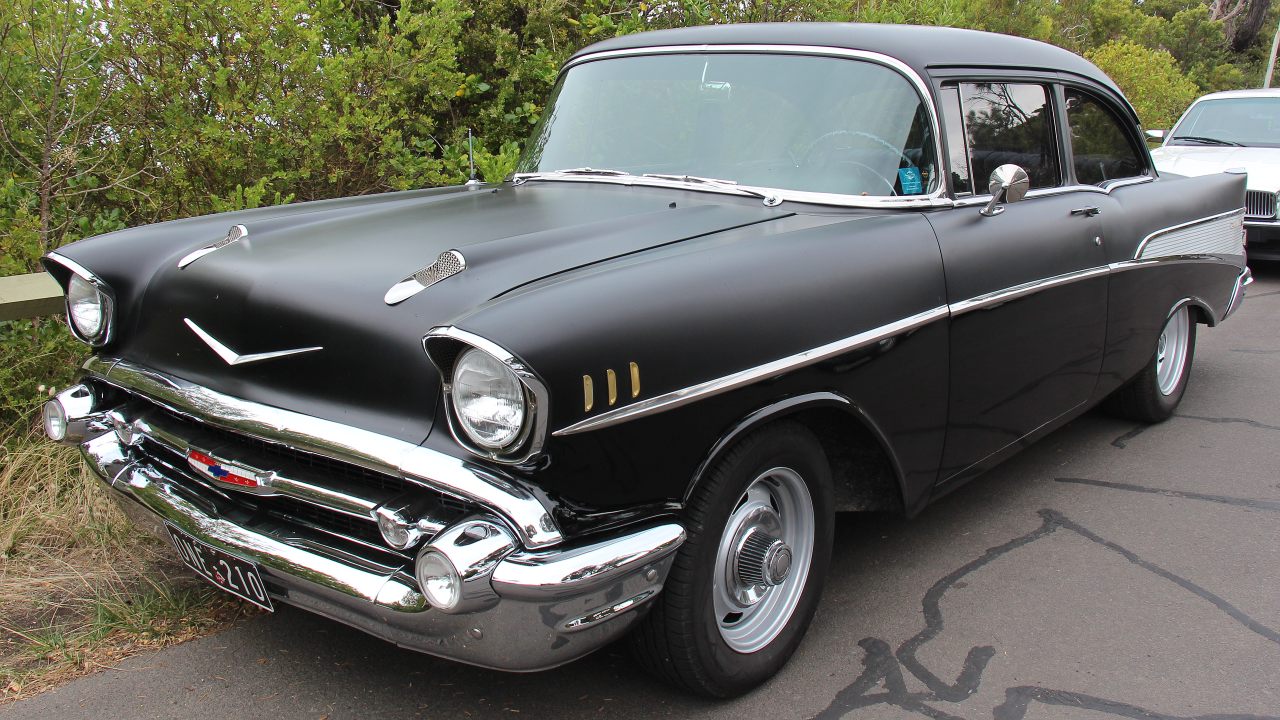
The U.S. trade embargo, imposed in 1960, drastically altered the automotive landscape in Cuba. With the cessation of American car imports, Cubans were left to maintain and repair the vehicles they already owned. This led to the preservation of a significant number of classic American cars from the 1950s, which have become iconic symbols on the island. The embargo necessitated a culture of ingenuity and resourcefulness, as spare parts became scarce and expensive.
The 1959 Cuban Revolution further shaped the car landscape, as the new government prioritized public transportation and limited private car ownership. Despite these restrictions, the classic American cars, known as “almendrones,” became cherished relics of a bygone era. These vehicles are not just modes of transportation but are deeply embedded in the cultural identity and heritage of Cuba, representing a time of prosperity and connection with the United States.
Ingenious Mechanics and Their Resourceful Solutions
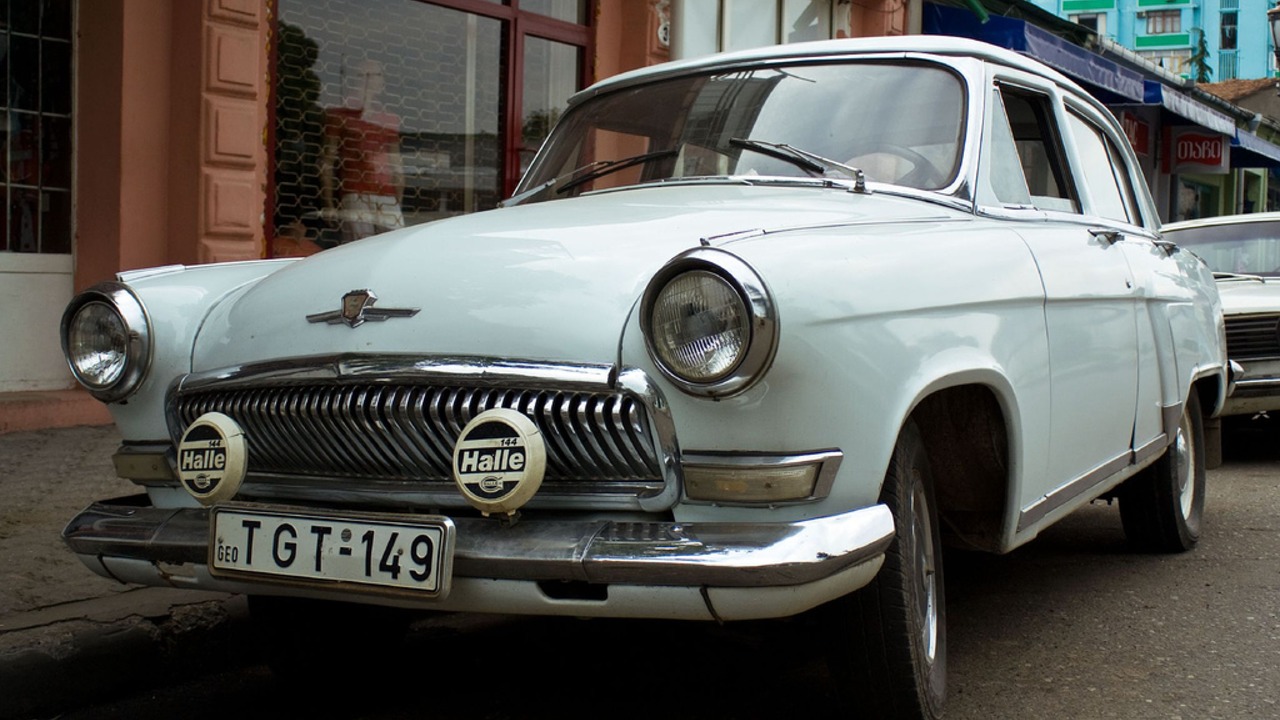
Cuban mechanics have become renowned for their creativity and resourcefulness, often using makeshift parts and locally available materials to keep these vintage cars running. With limited access to original parts, mechanics have developed innovative solutions, such as repurposing parts from Soviet-era vehicles or fabricating components from scratch. This necessity-driven creativity has led to the development of unique hybrid vehicles that blend old and new technologies.
Stories of notable Cuban mechanics abound, with individuals like Eduardo Hernández gaining legendary status for their inventive approaches. Hernández, for example, is known for his ability to transform old engines into efficient powerhouses using a mix of ingenuity and technical skill. These mechanics have become cultural icons in their own right, celebrated for their ability to keep the spirit of Cuban car culture alive against all odds.
The Role of Community in Cuban Automotive Maintenance
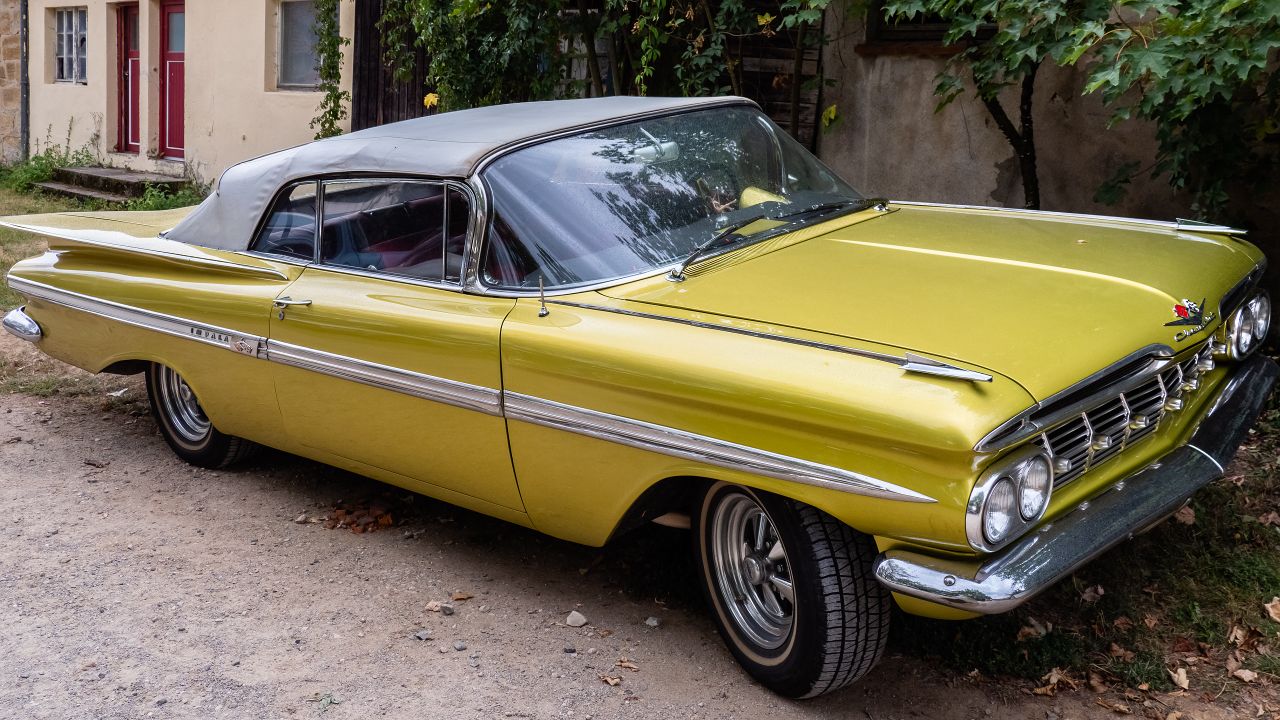
Car maintenance in Cuba is often a communal activity, with neighborhoods forming networks to share tools, expertise, and resources. This collaborative spirit is essential in a country where access to parts and equipment is limited. Communities come together to assist one another, ensuring that these classic cars remain operational and continue to be a source of pride and joy.
The tradition of passing down mechanical knowledge through generations is a cornerstone of Cuban car culture. Fathers teach their sons, and neighbors share their skills, creating a rich tapestry of shared knowledge and experience. Social gatherings and events centered around classic cars are common, fostering community bonds and preserving cultural heritage. These gatherings are not only about showcasing the cars but also about celebrating the ingenuity and resilience of the Cuban people.
Economic and Environmental Impacts of Cuban Car Culture
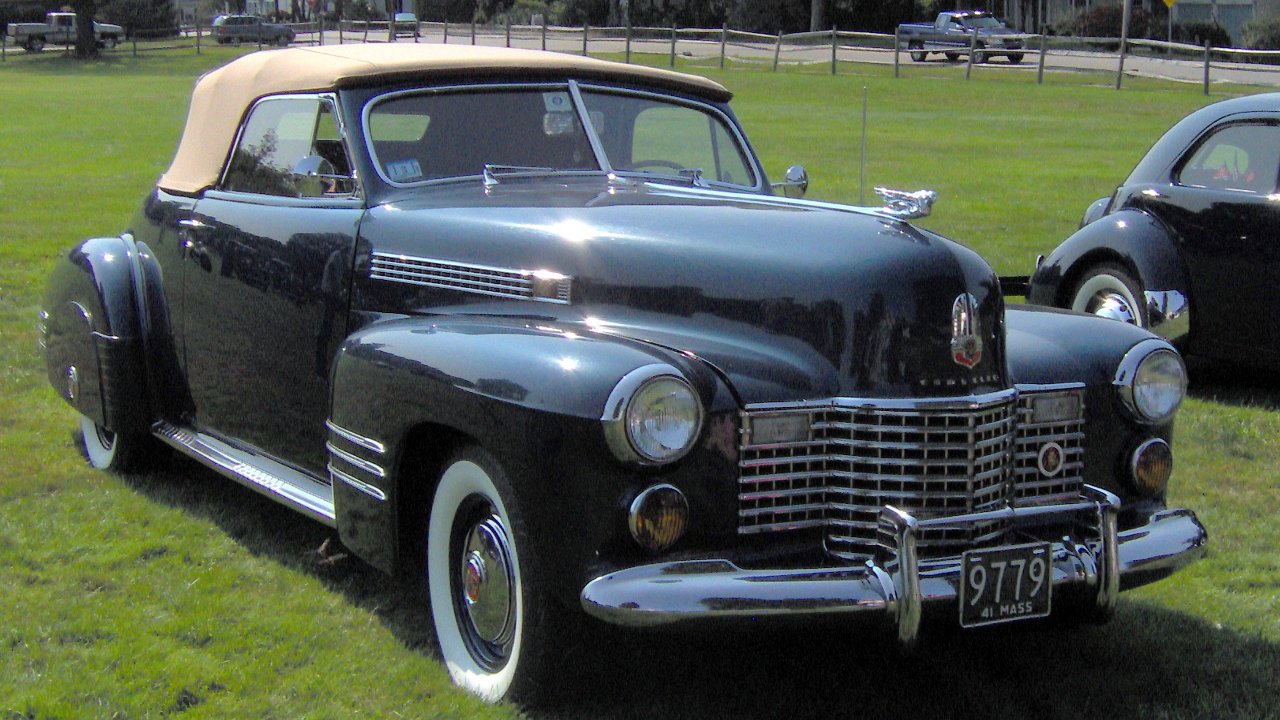
Vintage car tourism has become a significant contributor to the local economy, attracting visitors eager to experience the charm of Cuba’s classic cars. This niche tourism sector offers potential for future growth, providing economic opportunities for car owners and mechanics alike. Tourists often pay for rides in these iconic vehicles, creating a sustainable source of income for many Cubans.
However, maintaining older vehicles poses environmental challenges, as they are typically less fuel-efficient and produce higher emissions than modern cars. In response, some Cuban mechanics have begun adapting sustainable practices, such as converting engines to run on alternative fuels. Government policies and initiatives also play a role in supporting the preservation of classic cars while promoting modernization, balancing cultural preservation with environmental responsibility.
The Future of Cuban Car Culture
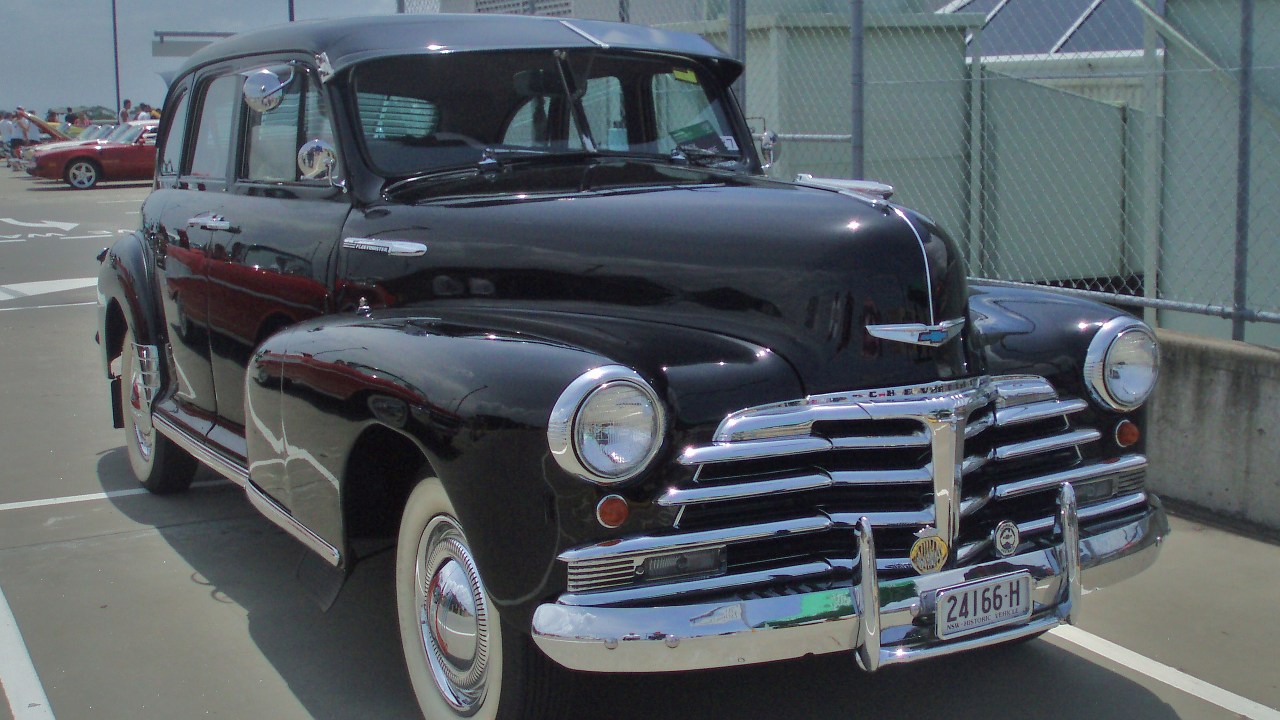
The future of Cuban car culture is closely tied to evolving international relations and the potential easing of trade restrictions. Such changes could lead to increased access to new vehicles and parts, transforming the automotive landscape in Cuba. However, the unique charm and historical significance of the classic cars are likely to ensure their continued presence on Cuban roads.
Younger generations are playing a crucial role in preserving and transforming car culture in Cuba. Many young Cubans are passionate about maintaining these vintage vehicles, while also exploring ways to integrate new technologies. Prospects for modernization include the potential introduction of electric vehicles and other innovations, which could coexist with the cherished classic cars, creating a dynamic and diverse automotive scene.
Like Fast Lane Only’s content? Be sure to follow us.
Here’s more from us:
*Created with AI assistance and editor review.

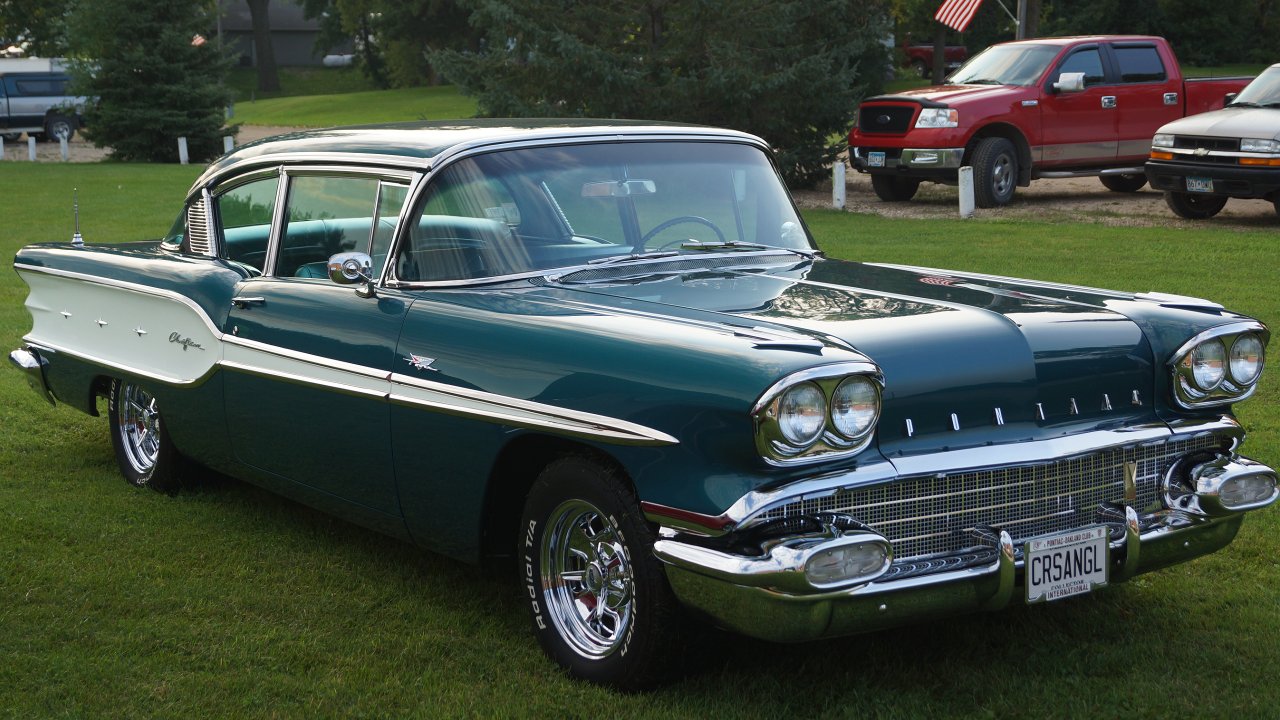
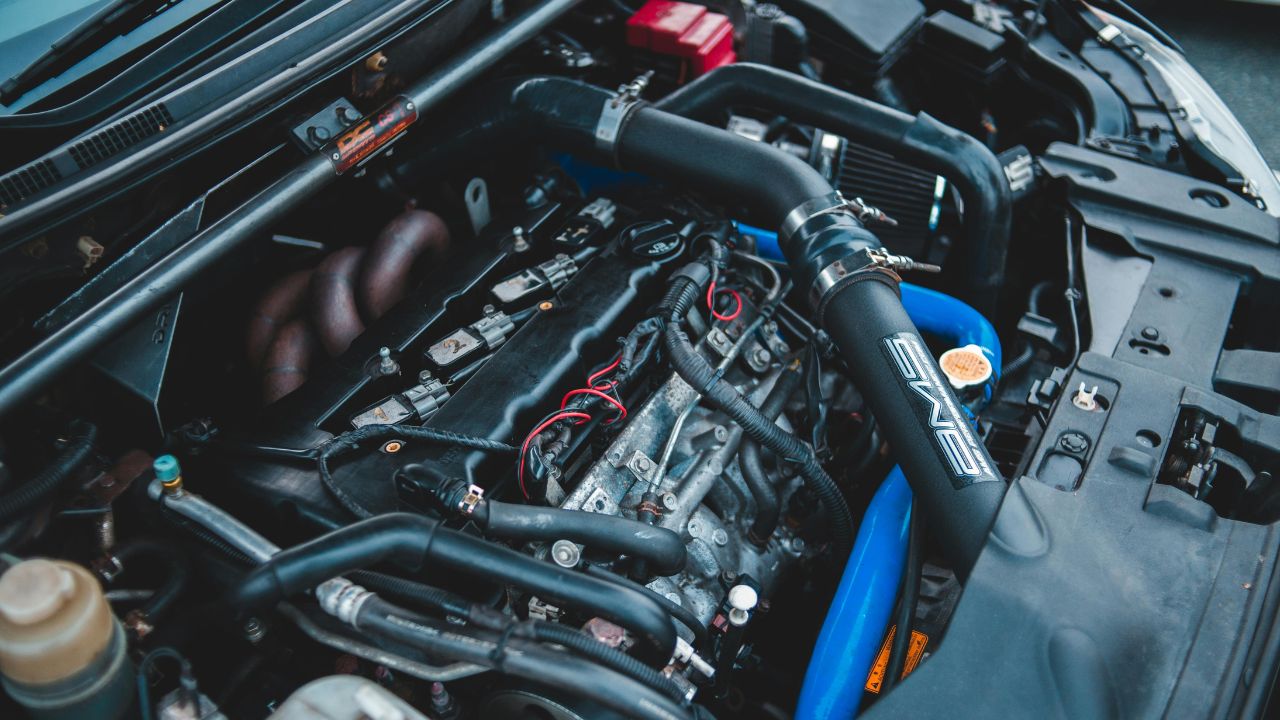


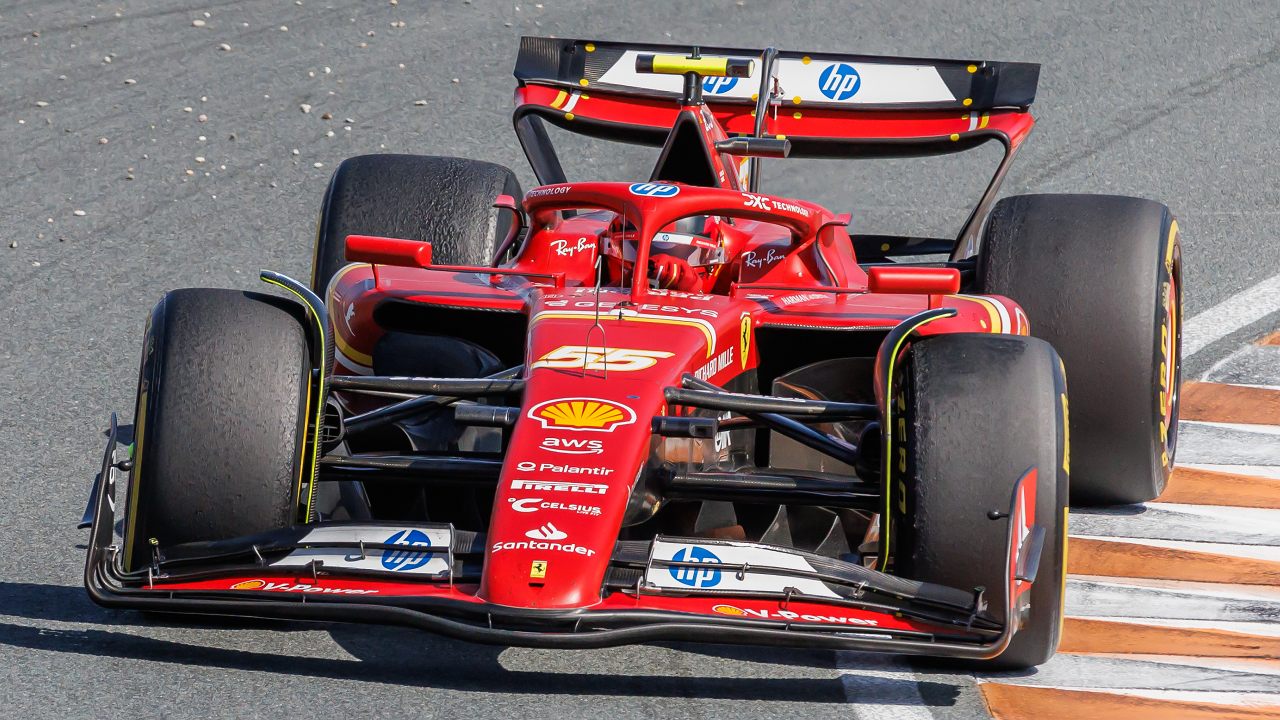

Leave a Reply